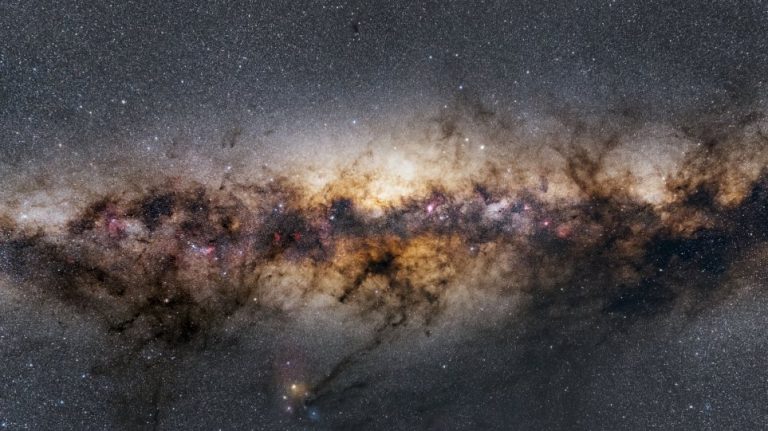Five years ago, astronomers caught a lone white dwarf star, 570 light-years away from Earth, devouring its young like the Greek titan Cronus. They noticed that WD 1145+017 was dimming at an irregular rate, and after closer inspection, realized that the star was devouring the planets in its solar system through a process called tidal disruption.
The discovery marks the beginning of a brand new field of science: Necroplanetology. Slap the Latinized Greek root nekros, meaning “dead,” “corpse” and “dead tissue,” in front of planetology, the study of planets.
An international team of researchers from Wesleyan University in Connecticut, the University of Colorado, Boulder, and Warwick University in the U.K. first published the findings on the pre-print website arXiv in 2015. It has now been accepted to the Astrophysical Journal for review. They say the discovery could help us understand how planets in different systems get gobbled up by their parent star.
Venezuelan Patrol Ship sinks itself after ramming a cruise liner with a reinforced hull (photos)
Right before either going supernova or turning into a black dwarf, dying stars turn into white dwarves. Eventually so will our sun, but not for about six billion years. The atmospheres of these stars usually contain lighter elements such as helium and hydrogen.
Several important details clued the researchers in on the discovery. First, the team realized that the dimming occurred repeatedly, ever 4.5 to five hours. Second, they discovered that the star’s atmosphere was littered with elements typically found in the cores of rocky exoplanets—heavy elements like iron, oxygen and magnesium.
Read more: Popular Mechanics
Ask me anything
Explore related questions





